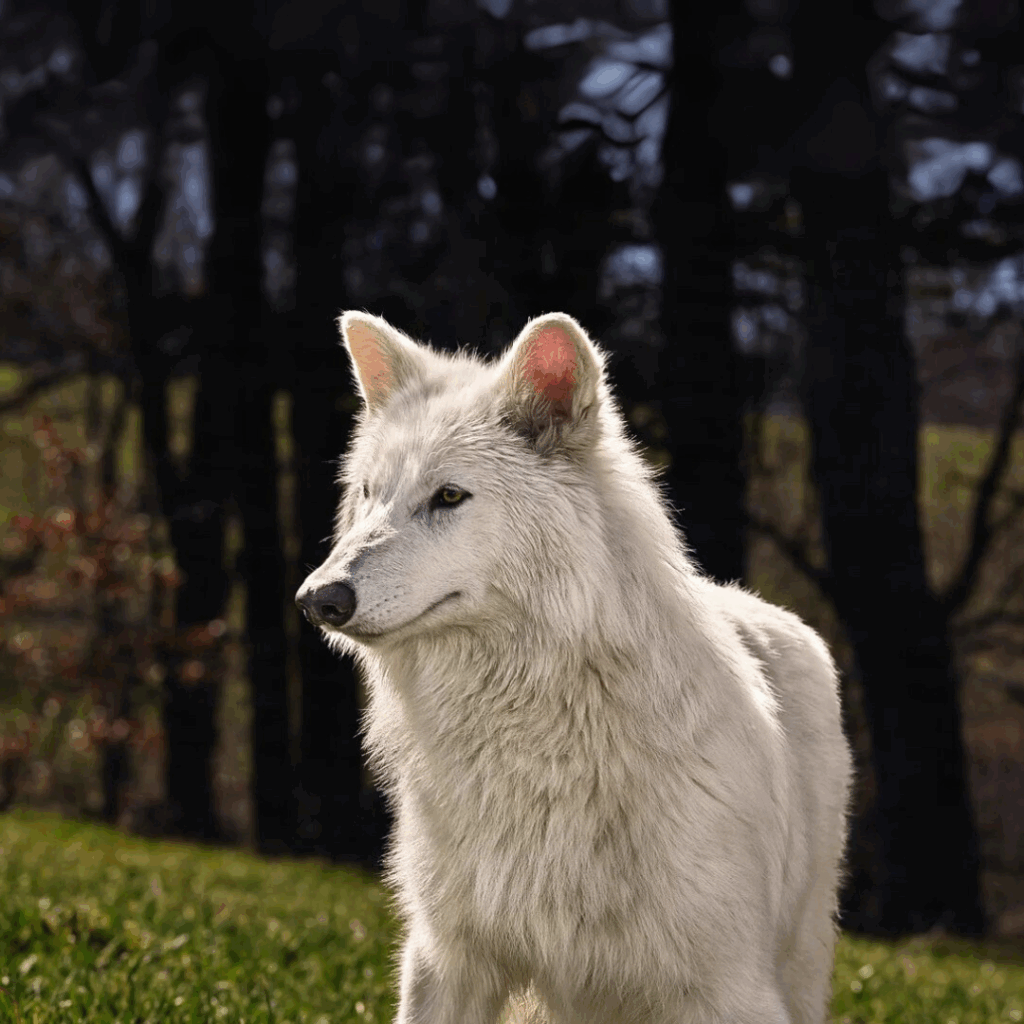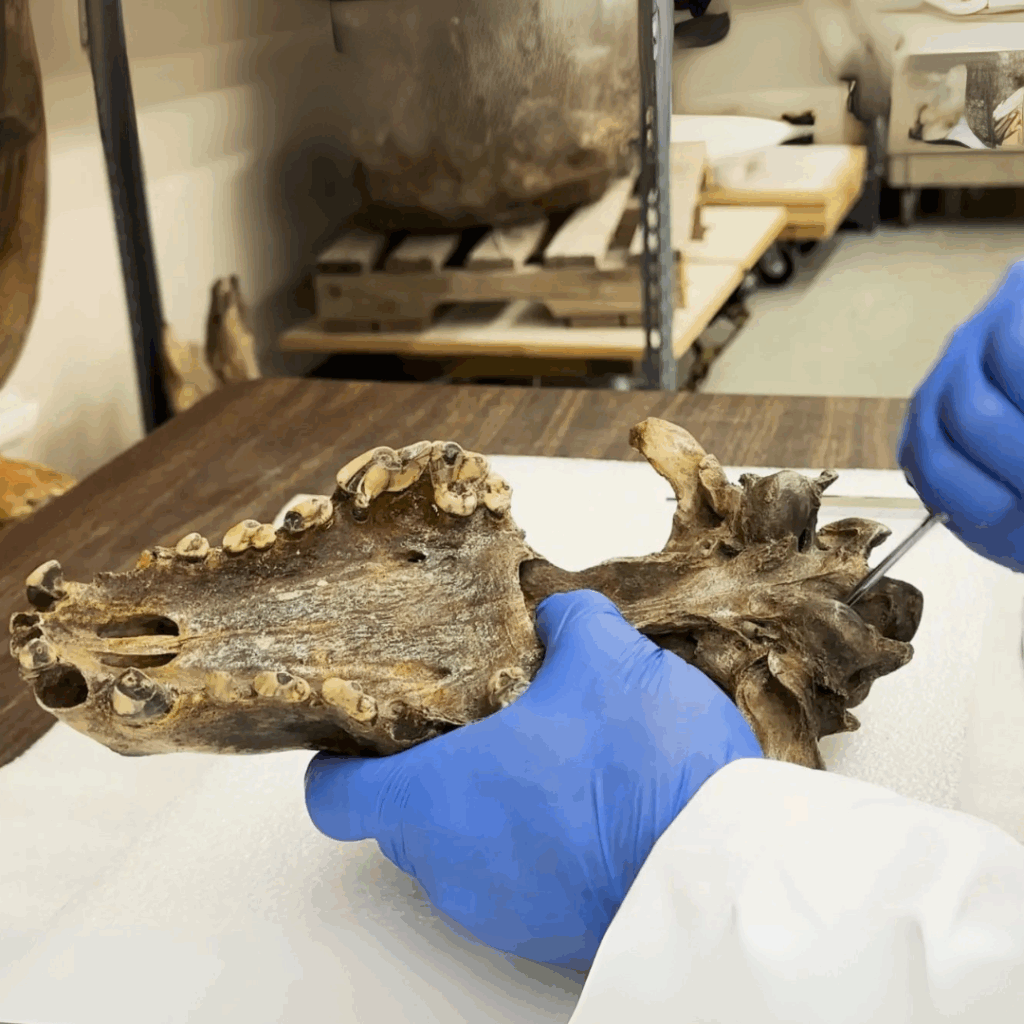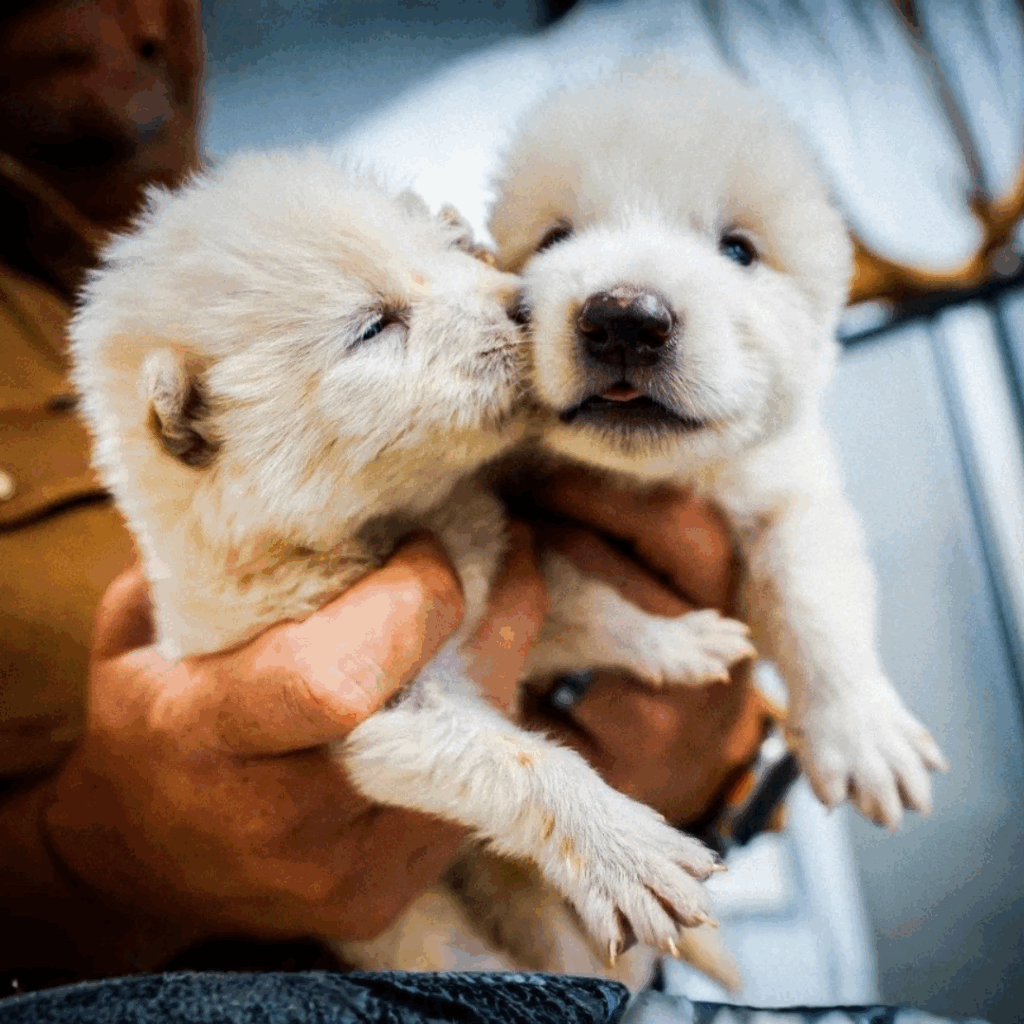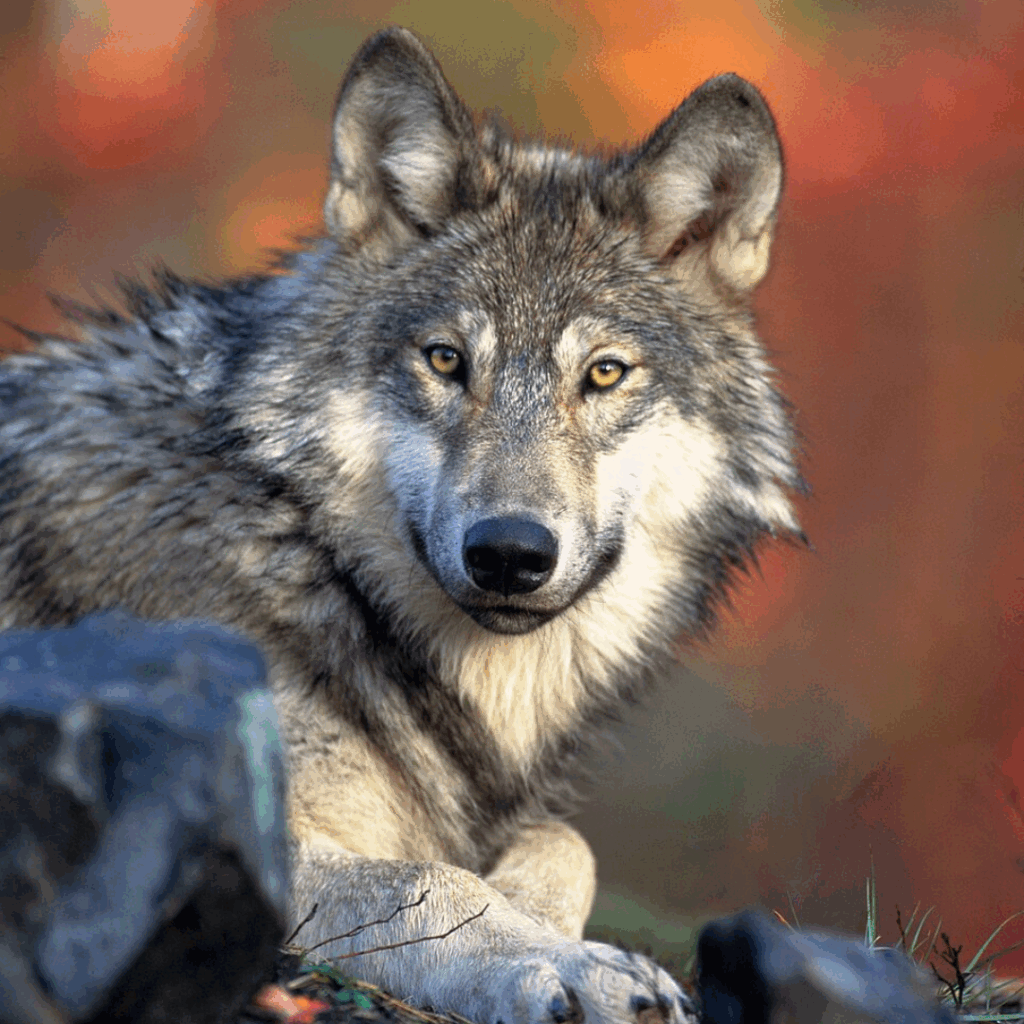The dire wolf: A long-extinct predator
The dire wolf (Aenocyon dirus) is an extinct species of large, carnivorous mammal that lived roughly 125,000 to 9,500 years ago, preying on megafauna such as ground sloths, camels, and ancient bison. It went extinct likely due to a combination of factors, including megafauna extinctions, climate-driven habitat changes, as well as hunting and competition from increasingly numerous humans.
Can genetic engineering resurrect the species?
In April 2025, Texas-based biotech company Colossal Biosciences announced the birth of three grey wolf (Canis lupus) pups genetically engineered to resemble the extinct dire wolf. The animals are currently housed in a fenced 2,000-acre preserve. Later, Colossal wants to “restore” the species in larger preserves – potentially on Indigenous land.
The IUCN SSC Canid Specialist Group stated: “The three animals produced by Colossal are not dire wolves. Nor are they proxies of the dire wolf based on IUCN SSC guiding principles of extinct species for conservation benefit.”
The Group added: “Creating three grey wolf pups with edited genomes in an attempt to resemble the extinct dire wolf may demonstrate technical capabilities, but it does not contribute to conservation.” It warned that “phenotypic proxies of the dire wolf” may effectively “threaten the conservation status of extant species, like the grey wolf”.



